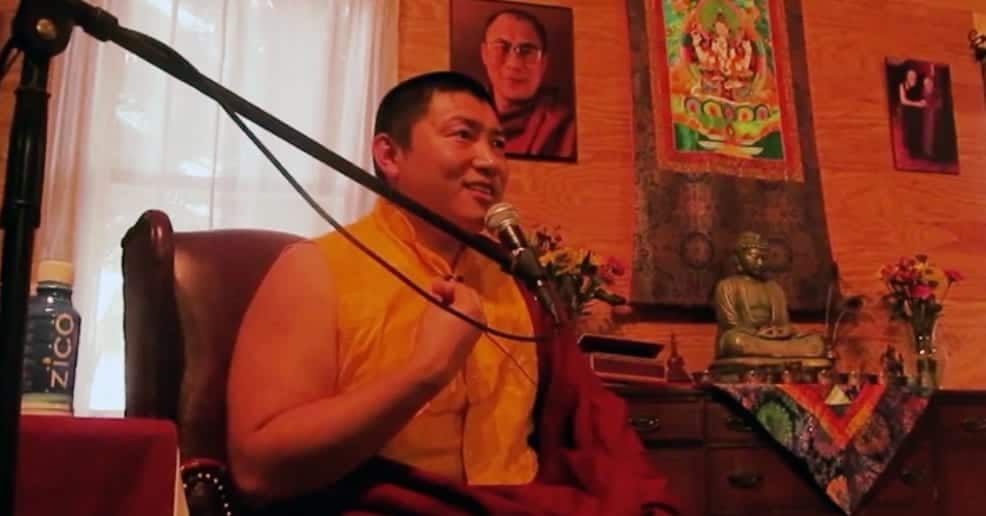Distilling the Dharma into three core principles provides a useful overview for us as we begin to learn about Buddhism. Likewise, it can be a timely reminder for all practitioners already on the path. By remembering these three elements and checking our own behavior, we know if we are practicing correctly. In this video teaching, Phakchok Rinpoche shows how distilling Dharma sharpens our practice. Rinpoche underlines that these are the Buddha’s own instructions.
Rinpoche poses the question, “What is the Dharma”?
Distilling the Dharma
- Do not do evil actions that harm others and yourself
- Do good actions that benefit others and yourself
- Tame your mind
If we want to learn Dharma, we first examine our own behavior. We may think we are practicing “meditation,” but sometimes meditation involves diagnosing our current situation. We say that meditation means transforming. And most importantly, it means seeing the truth.
Three Pillars or Perspectives of Meditation
- Diagnose your problems so we can heal
- Transform through meditation and we actually change
- See the truth
We need to know where we are starting. This means we are honest about our flaws. However, we can be clear that this does not mean we should become depressed or beat ourselves up. We treat ourselves gently and with kindness. In our current situation, we can think that we are suffering from an illness. So if we are sick, we need to know what our disease is, right? If we take the medicine of meditation but we aren’t honestly diagnosing our own situation, then how do we expect to transform?
Our behavior is easy to observe because it manifests at a gross, or rough, level. For this, Rinpoche suggests that we can observe our conduct by thinking about the ten non-virtues explained by the Buddha. When we check our conduct and thoughts, we are applying genuine mindfulenss.
Three Non-virtues of the Physical Body
- Killing
- Stealing
- Unrespectful Sexual Conduct
Four Non-virtues of the Speech
- Lying
- Harsh Words
- Divisive Talk
- Gossiping
Three Non-virtues of the Mind
- Covetousness (meaning “I want”)
- Harmful thoughts
- Emotional blind spots
This last non-virtue is usually translated as “wrong view”. Here, Rinpoche explains that it means we do not see or acknowledge when we are behaving wrongly. This obliviousness functions as a blind spot because we are unaware. Even worse, sometimes we don’t care if we are harming others. And we are losing our mindfulness. When that is the case — that is ignorance.
Rinpoche notes that these are not “rules” made by the Buddha. Instead, these are common-sense ethical principles. And, by examining our own behavior, we can easily identify where we can improve. When we practice this way, we’ve learned how to apply meditation as a diagnosis! We can become conscientious, careful and dignified because we know we are operating virtuously.











Responses
Thank you :)